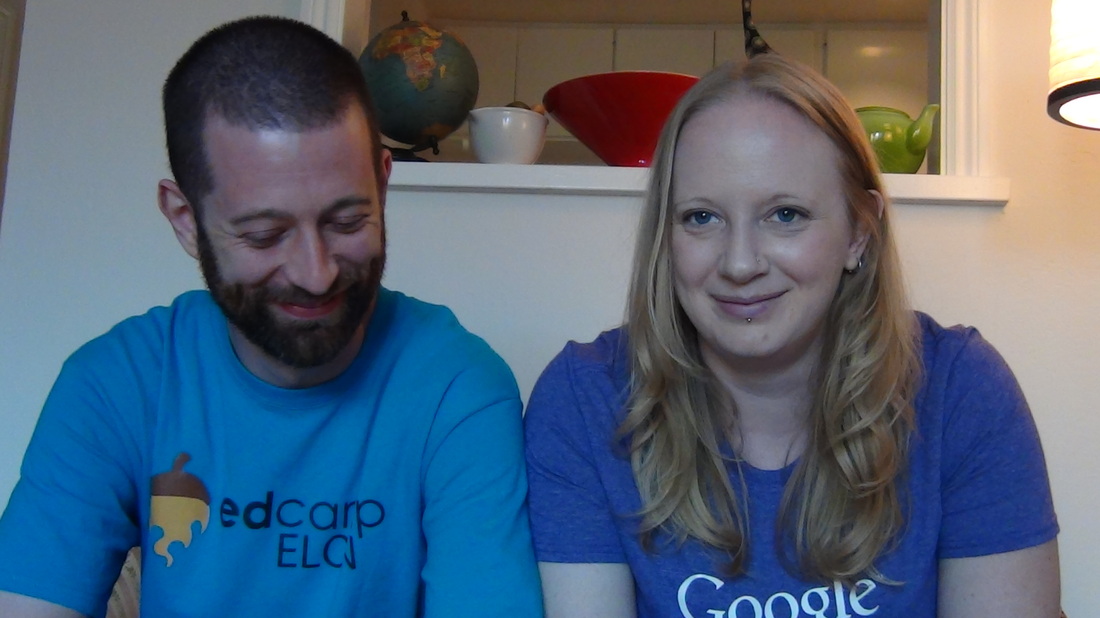I know, I’m weird.
As it turns out, my students aren’t weird in the same way I am. They hate grammar. Otherwise, they were either bored or lost or both. Grammar to them was a complicated second language for which they saw no purpose.
Frankly, I couldn’t give them a good reason either.
Well, sure. But how do you do that? A lot of high school English teachers spend hours marking up every little grammar mistake in student essays and pretending that when students got the essay back, they would do more than glance at the letter grade before recycling. Then they complain and make draconian rules about revision in order to make the student care about all the red marks.
The end result is NEVER the student learning grammar. Because the truth is, the person doing the work is doing the learning.
Until recently, I was doing WAY more grammar work than my students.
There is a better way.
I didn’t think of this method, but I’ve adapted and modified it for my own classroom context. And the thing is, it works. It is the ONLY method that has ever been effective for helping students learn to see their own mistakes.
But even better, it’s fun. Students will do this twenty times and won’t get bored.
It’s called 8 pArts, and it’s genius.
It starts with a funny picture. Here is a slide deck with the pictures I use.
Then, students fill out a Google Draw document that asks them to find three of each part of speech from that picture. The first time students complete this activity, we walk through what each part of speech is, and generate some examples together. They write a three-word-sentence (a way to give them the language of subject and predicate) and a simile (but it could be any literary device), and then they write a paragraph utilising all eight parts of speech. I encourage students to choose an interesting perspective from which to write; instead of the children or the parents, I want them to write as the couch, or the TV, or the cat looking in the window from outside.
That’s the whole activity. They always want to share, and they always have fun.
Then we repeat it. And repeat it. And repeat it. We go until every single student can get 100% correct every time.
Mastery is fundamental; students need to have this information embedded so deeply in their memory that you can say, “You need better adjectives in the second paragraph” and they know what you mean.
Part of building towards mastery is giving students a chance to defeat the illusion of mastery. So I build Kahoot! quizzes and we play them at the end of class to reinforce the skills from 8 pArts. You haven’t lived until you’ve seen 6th graders do a dance of joy for getting a question about an adjective correct.
The next activity builds on that a little more. It’s called Sentence Parts, and it is also based on a picture, though a video or GIF would also work.
Sentence Parts teaches disparate skills, from punctuating dialogue, to proper semi-colon use, to compound and complex sentences. The goal is to help students understand their writing at the sentence level, so you can teach them how to avoid sentence fragments and run-on sentences.
Again, you repeat until 100% mastery. The other important part of this method is timing. I never tell my students they will have “plenty of time” - I set a timer for 20 minutes and put it up on the screen.
I never got my students to this point using those textbook worksheets. I never got to this point by covering their writing in red ink. I never got to this point by using DOLs or sentence corrections.
But when you combine funny pictures, repetition, speed, and opportunities to share their creative writing, students learn to write well AND fix their own mistakes.
The end result is that students are able to write using sophisticated and varied sentences. They understand word choice. They know how to use punctuation, even the fancy kind. Honestly, I could have them diagram sentences without any additional instruction.
I won’t, but I could.
For more information on 8 pArts, read this. Thank you to Jon Corippo for the original lessons!


 RSS Feed
RSS Feed
